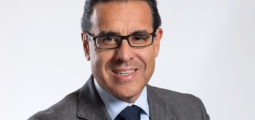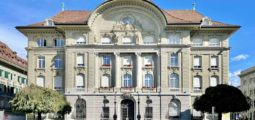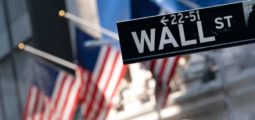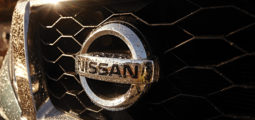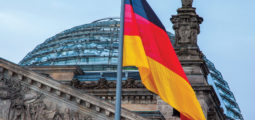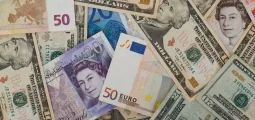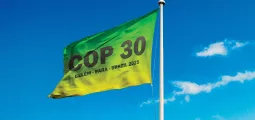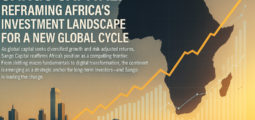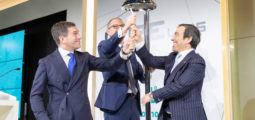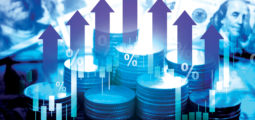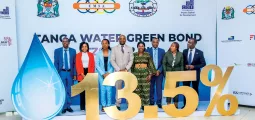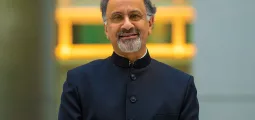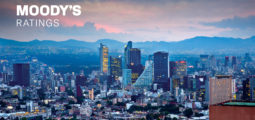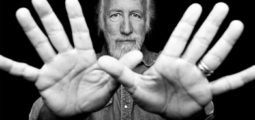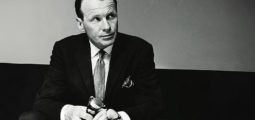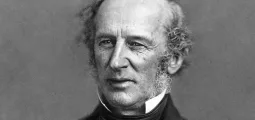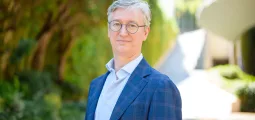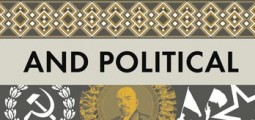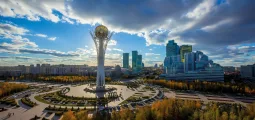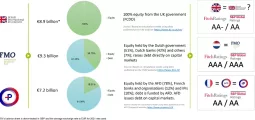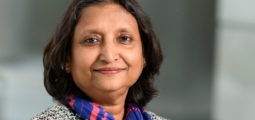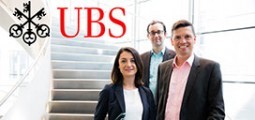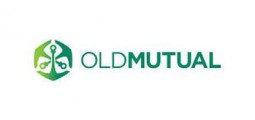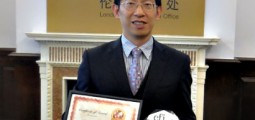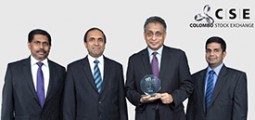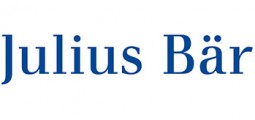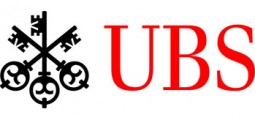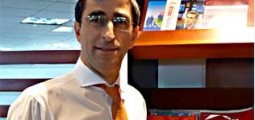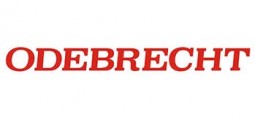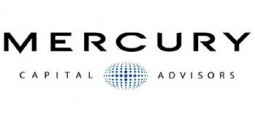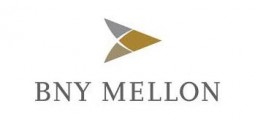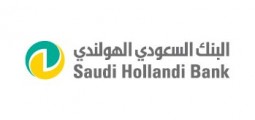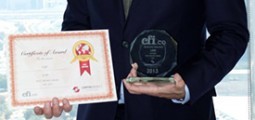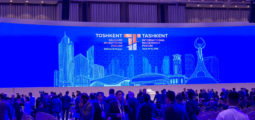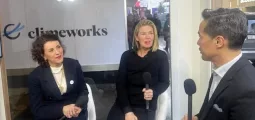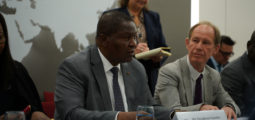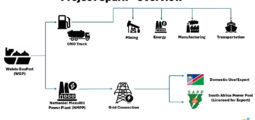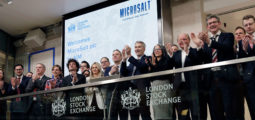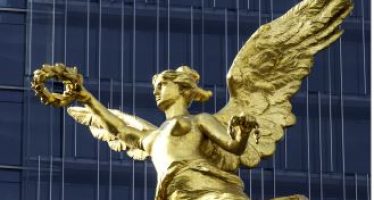Uzbekistan Investment Forum: Economic Momentum Meets Strategic Maturity
Attend enough investment forums and they begin to blend into one another. The Fourth Tashkent International Investment Forum (TIIF), held this week in the Uzbek capital, followed many of the familiar patterns: efficient organisation, a packed exhibition hall, and a strong opening address. President Shavkat Mirziyoyev set the tone, emphasising Uzbekistan’s economic reform trajectory, its green energy ambitions, and a sharpened focus on innovation and global integration. Senior regional leaders and development bank presidents followed with statements of support and strategic alignment.
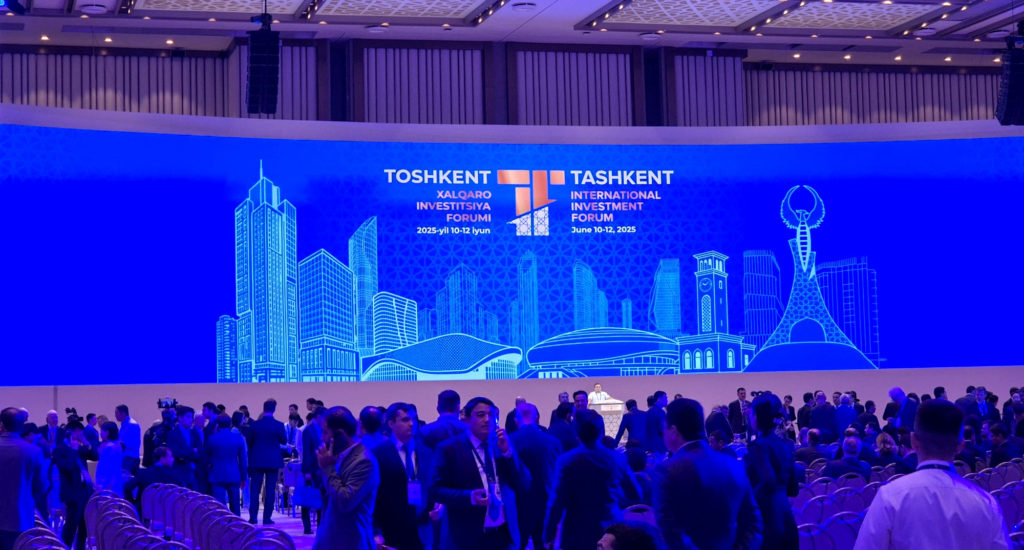
Yet even as Uzbekistan strives to maintain a bipartisan stance, geopolitical tensions remained difficult to avoid. CNN’s last-minute withdrawal of its anchor Richard Quest as moderator for the opening ceremony and the walkout by US and UK ambassadors during a well-delivered speech by a Russian deputy prime minister were stark reminders that even economic summits are not immune from global fault lines. Still, the overall impression was one of composure and confidence. The exhibition floor, polished and professional, rivalled any global investment forum, and the organisers earned justifiable praise for delivering a world-class event.
From Macro Reforms to Micro Optimism
Beyond the stagecraft and structured plenaries, however, the real case for Uzbekistan as an investment destination may lie elsewhere. Political stability, a reform-driven government, aspirations for World Trade Organization (WTO) accession, and solid macroeconomic indicators all offer convincing reasons to take note. Yet the most compelling argument is found not in the data or policy announcements, but on the streets of Tashkent.

President Shavkat Mirziyoyev
Walk through the city’s leafy boulevards, engage with locals in cafés or at bus stops, and the country’s true asset becomes evident: its people. Fresh from celebrating a historic qualification for the World Cup, Uzbeks exude a quiet confidence—not just in their football team, but in their country’s broader trajectory. There is a widespread belief that Uzbekistan is on the path to success, and, crucially, that this success depends not just on government policy, but on individual effort. It is a mindset where personal ambition aligns with national development, and where citizens feel empowered to participate in shaping their future. This is no small factor in the eyes of investors. It is, perhaps, the unique selling point that drew figures such as renowned investor American Jim Rogers, head of Rogers Holdings, into the Uzbek market.
Strategic Platform for Reform and Investment
Held from 9–12 June 2025, TIIF convened thousands of participants from the global business, financial and policymaking communities. President Mirziyoyev’s keynote set out a clear vision for sustainable growth, focused on digital transformation, energy diversification, agricultural modernisation, and expanded healthcare investment. Notably, the forum also featured the Uzbekistan–US Business Forum on 9 June, attended by over 100 top US companies. The numbers reinforce the momentum: trade between Uzbekistan and the United States has grown 15% to $881.7 million, with US investment totalling $612.6 million.
The country’s macroeconomic fundamentals also reflect robust performance. As of May 2025, Uzbekistan’s gold and foreign exchange reserves reached an all-time high of $49.66bn — a 20.6% rise since January, marking five consecutive months of growth. The President further announced a target of $1bn in venture capital and alternative investment, underlining a strategic shift towards more dynamic financing models.
Navigating the Geopolitical Landscape
Despite the forum’s overwhelmingly positive tone, the undercurrent of global tension remained palpable. The sudden withdrawal of CNN anchor Richard Quest and the diplomatic protest during the Russian speech underscored the challenges of maintaining neutrality in an increasingly polarised world. Yet Uzbekistan’s ability to host such a high-profile event — amid shifting allegiances and economic rivalries — demonstrates its growing diplomatic maturity and confidence.
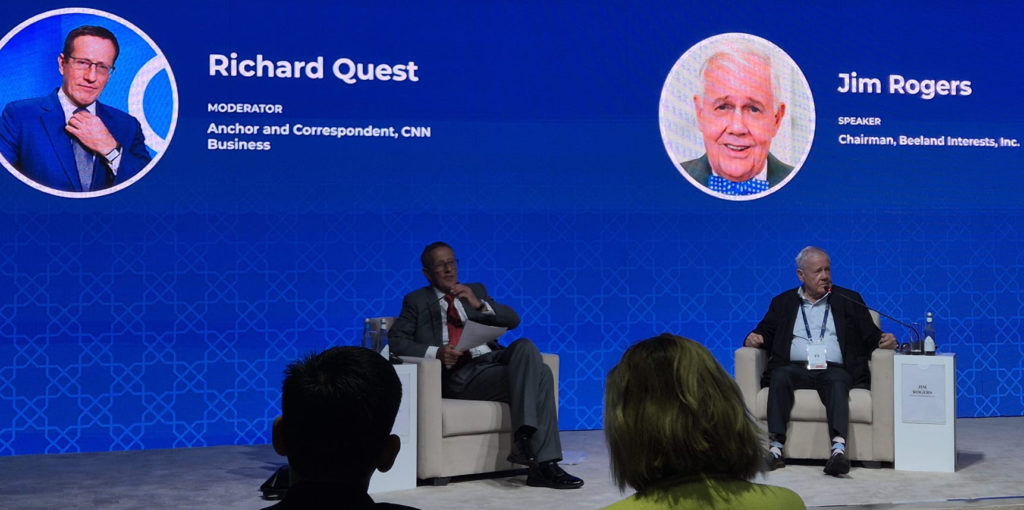
Richard Quest and Jim Rogers
This balancing act is central to Uzbekistan’s foreign policy approach: open to East and West, committed to reform at home, and determined to position itself as a hub for trade, investment and cooperation in Central Asia.
Unlocking the Human Dividend
While infrastructure projects, regulatory reform, and macroeconomic resilience form the bedrock of Uzbekistan’s appeal, it is the collective national mindset that may prove its most enduring advantage. Citizens speak not just of personal advancement, but of playing a role in their country’s success. This bottom-up energy — where the government facilitates, but the people drive — is what lends credibility to the reform narrative.
It also aligns with what long-term investors increasingly seek: not just profit margins, but purpose. In Uzbekistan, there is a growing alignment between individual ambition and national vision — a synergy that few emerging markets can offer at this scale.
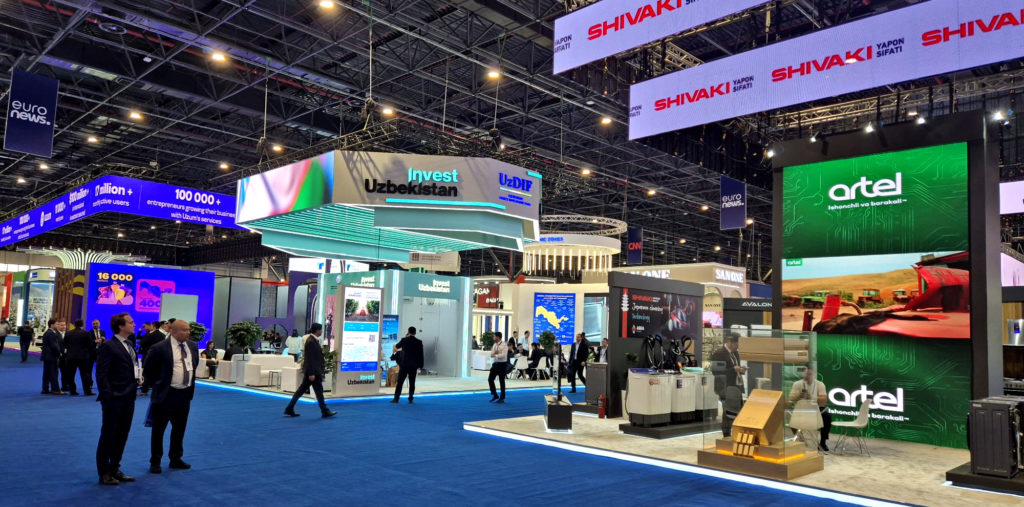
A Forum That Matters
The Fourth Tashkent International Investment Forum was more than an expertly executed event. It marked a pivotal moment in Uzbekistan’s development journey — a forum that captured the spirit of a nation in transition, balancing reform with stability, and ambition with pragmatism.
For investors, Uzbekistan is more than an opportunity; it is a story in motion. One grounded in solid policy and powered by a people determined to write their own future. In the midst of global uncertainty, that is a story worth investing in.
You may have an interest in also reading…
What Does Carbon Pricing Success Look Like? Ask These Leaders
British Columbia, Sweden, California and China have been pioneering carbon pricing systems to lower emissions and help shift their economies
China’s Silver Bullet: How ‘Silver Trains’ Could Boost the Economy
As the world’s most populous nation confronts an ageing demographic and navigates economic headwinds, including trade tensions with the US,
OECD: Latin America’s Outlook Clouded by Asia’s Slowdown and Financial Uncertainty
The external scenario is less favourable for the region due to the downturn in global trade, the moderation in commodity
